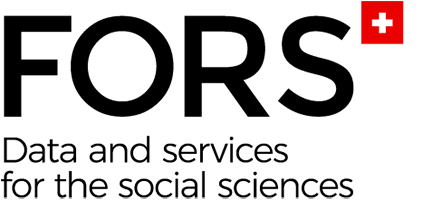Measurement of social position in surveys
Measurement of social position in surveys
FORS Guide Nº 10
Tillmann, R. (2020). Measurement of social position in surveys. FORS Guides, 10, Version 1.1, 1-11. https://doi.org/10.24449/FG-2020-00010
social class, social status, social stratification, Switzerland
This guide is addressed to scholars who collect, or simply use, information on social position. It presents the main concepts and schools of thought in the field, addresses the main decisions that have to be taken for the measurement of social position, and gives an overview of the various implementations of the concept in the surveys conducted by FORS.
When constructing a questionnaire, it is important to think about the following main elements:
When analysing (secondary) data, it may be important to:
Copyright: © the authors 2020. This work is licensed under a Creative Commons Attribution 4.0 International License (CC BY 4.0)


 Bâtiment Géopolis,
Bâtiment Géopolis, +41 (0)21 692 37 30
+41 (0)21 692 37 30

